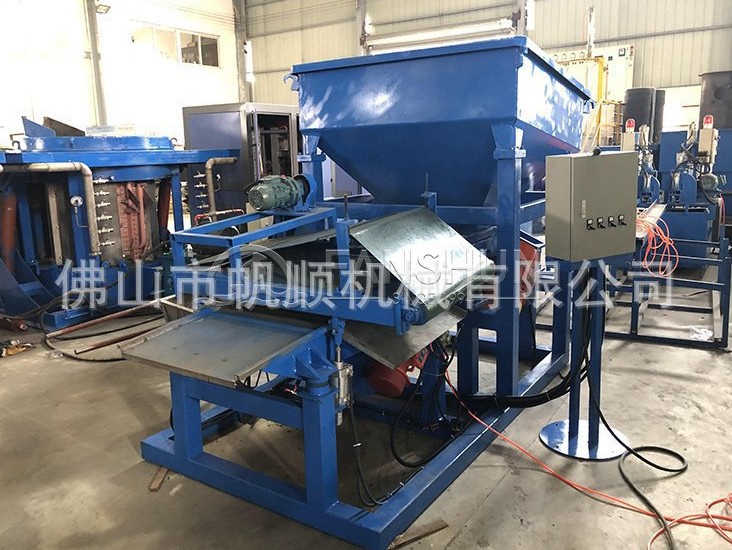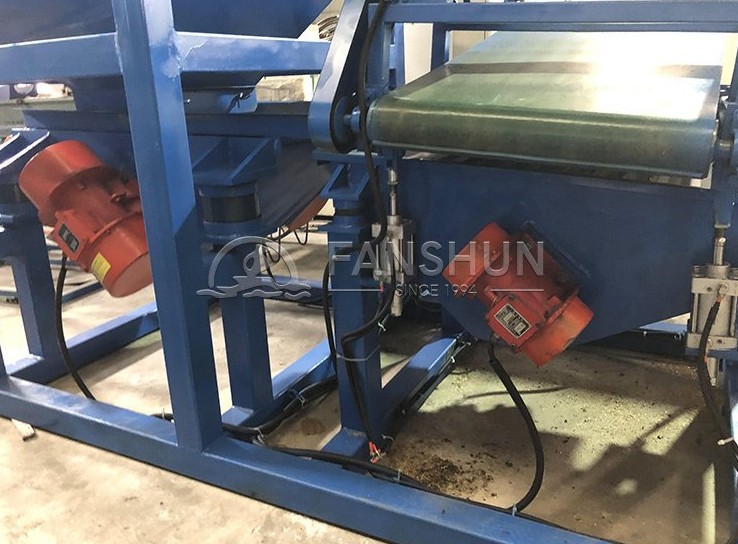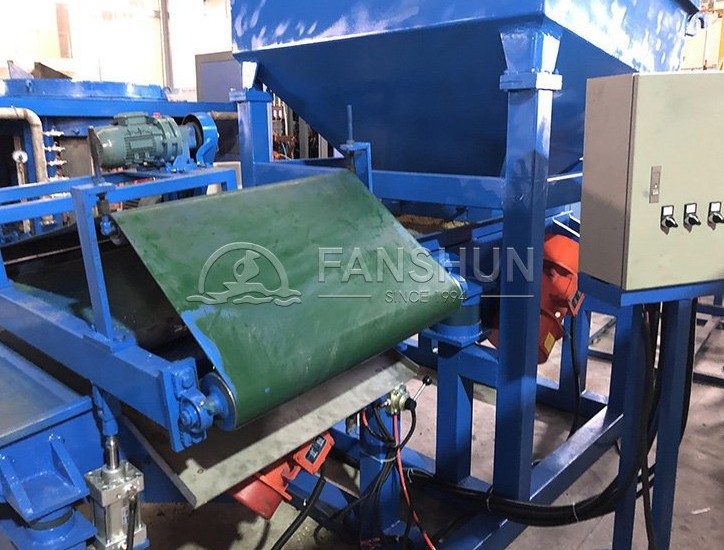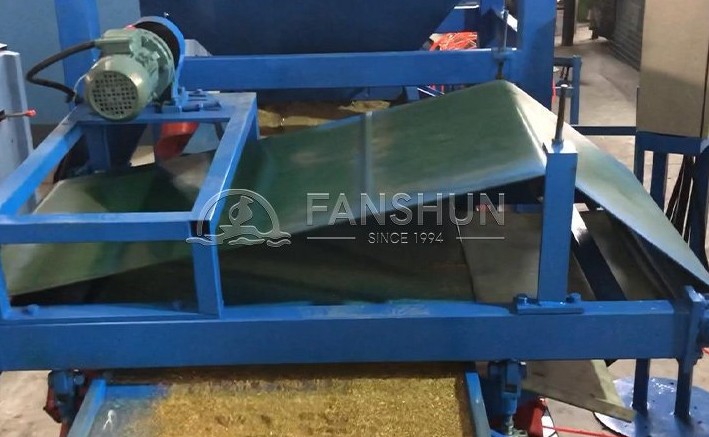Can a Magnetic Separator Really Separate Iron Scraps from Copper? How Effective Is It?
In the fast-growing industry of scrap metal recycling, the separation of iron scraps from copper is a critical challenge. Magnetic separator technologies have revolutionized this process, making it more efficient and cost-effective. Among these, the magnetic separator, permanent magnetic separator, iron scrap separator, electromagnetic separator, and magnetic conveyor stand out as key tools in optimizing scrap metal sorting.
Magnetic Separator Fundamentals
A magnetic separator is designed to utilize magnetic fields to attract ferrous materials such as iron scraps from non-ferrous metals like copper. This capability is fundamental in scrap metal recycling, where the purity of copper directly impacts its market value.
The permanent magnetic separator uses strong, permanent magnets to create a steady magnetic field, enabling continuous separation without electricity consumption. It excels in durability and low maintenance. On the other hand, the electromagnetic separator offers adjustable magnetic strength powered by electricity, allowing operators to tailor separation performance according to scrap material variations.
The iron scrap separator is a specialized magnetic separator that focuses specifically on removing iron particles from mixed metal waste. These separators are indispensable in achieving high-purity copper outputs. When combined with a magnetic conveyor, iron scrap separation becomes even more streamlined. The magnetic conveyor integrates magnetic separation with material transport, automatically pulling ferrous metals away as scrap moves along the production line.
How Effective Is the Magnetic Separator?
The magnetic separator technology, including the permanent magnetic separator and electromagnetic separator, effectively separates iron scraps from copper, significantly reducing contamination. The iron scrap separator ensures precise extraction of ferrous components even from finely mixed scrap materials.
Using an electromagnetic separator allows flexible adjustment of the magnetic field strength, making it suitable for different types of scrap mixtures. This flexibility enhances the separation efficiency and reduces copper losses.
The magnetic conveyor system further automates the process. By embedding magnets within the conveyor belt, ferrous metals are continuously separated from copper scrap without stopping production. This integration improves throughput and minimizes manual labor.
Advantages of Combining Iron Scrap Separator and Electromagnetic Separator
In many scrap metal recycling plants, both iron scrap separators and electromagnetic separators are used in tandem for optimal results. The iron scrap separator provides initial rough separation, removing large iron contaminants. The electromagnetic separator then fine-tunes the separation, removing smaller or weakly magnetic iron pieces.
This dual-stage approach ensures the highest possible copper purity and efficiency in scrap metal recycling operations. Both separators complement each other, enhancing the overall magnetic separation system.
Role of Magnetic Conveyor in Scrap Metal Recycling
The magnetic conveyor is essential in modern scrap recycling setups. Its continuous magnetic separation action during transport reduces downtime and increases productivity. By combining the magnetic conveyor with other magnetic separators like the iron scrap separator and permanent magnetic separator, plants achieve seamless sorting workflows.
The magnetic conveyor reduces the need for manual sorting and significantly lowers the risk of copper contamination by ferrous materials. This is critical in producing copper scrap that meets stringent quality standards.
Operational Insights: Maintenance and Efficiency
Regular upkeep of the magnetic separator, permanent magnetic separator, iron scrap separator, electromagnetic separator, and magnetic conveyor is vital. Magnetic strength degradation or mechanical wear can reduce separation efficiency, increasing iron contamination risks.
Routine inspections, cleaning of magnetic surfaces, and testing of magnetic fields ensure these separators operate at peak performance. The electromagnetic separator requires additional attention to electrical components for reliability.
Market Impact and Future Trends
With increasing demand for sustainable scrap metal recycling, the role of the magnetic separator, permanent magnetic separator, iron scrap separator, electromagnetic separator, and magnetic conveyor is more crucial than ever.
Emerging technologies focus on enhancing the power and precision of electromagnetic separators and the automation capabilities of magnetic conveyors. Advances in material science also improve the strength and durability of magnets used in permanent magnetic separators and iron scrap separators.
These developments promise higher separation efficiencies, lower operational costs, and better copper recovery rates, contributing to a greener and more profitable recycling industry.
Conclusion
The magnetic separator family—comprising the permanent magnetic separator, iron scrap separator, electromagnetic separator, and magnetic conveyor—demonstrates outstanding capability in separating iron scraps from copper. Each technology plays a unique and complementary role in maximizing the purity of recycled copper and improving scrap metal recycling efficiency.
By integrating these technologies into recycling plants, operators can ensure high-quality copper output, reduce contamination, and boost economic returns. The continuous evolution of magnetic separators and magnetic conveyors will further enhance the effectiveness of scrap metal recycling worldwide.





